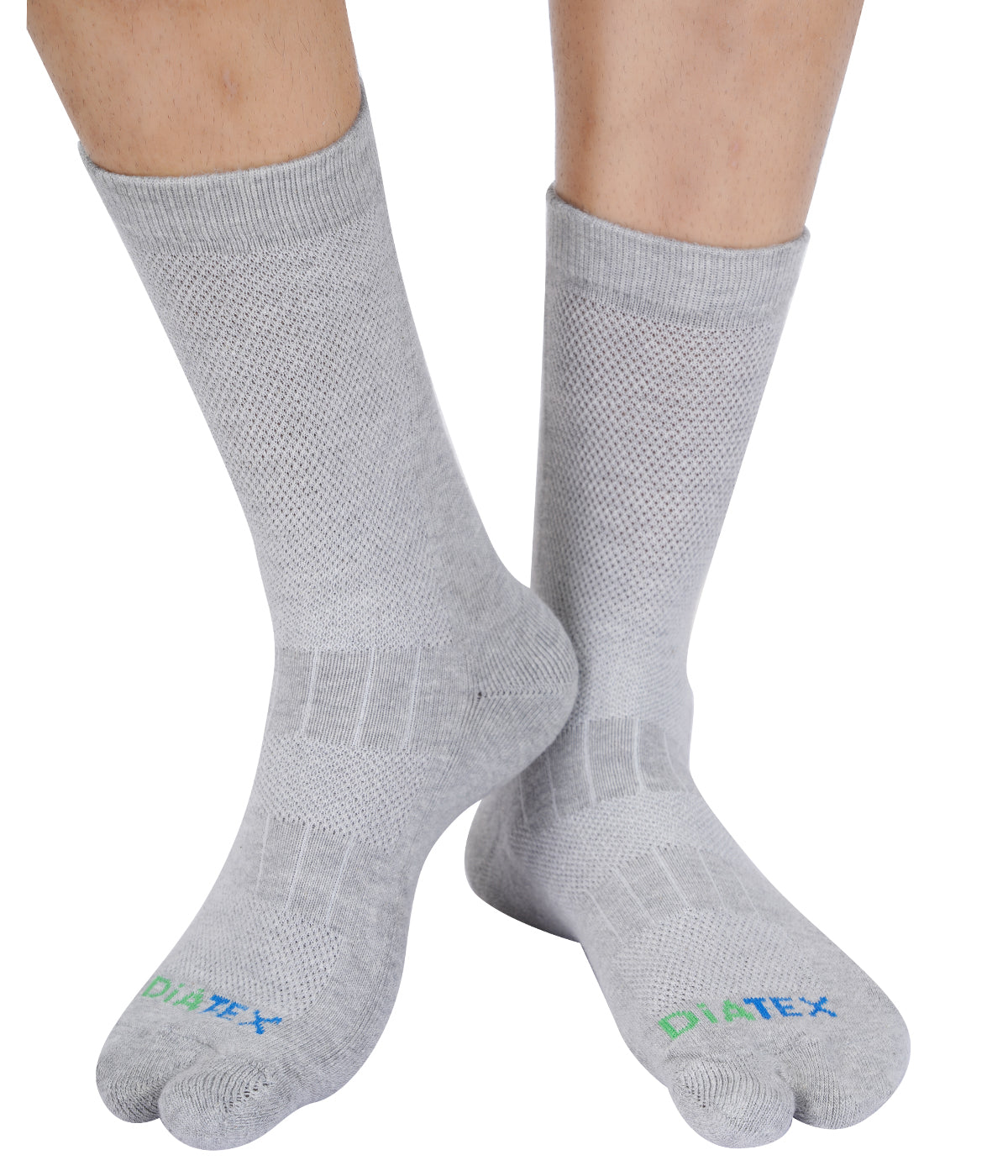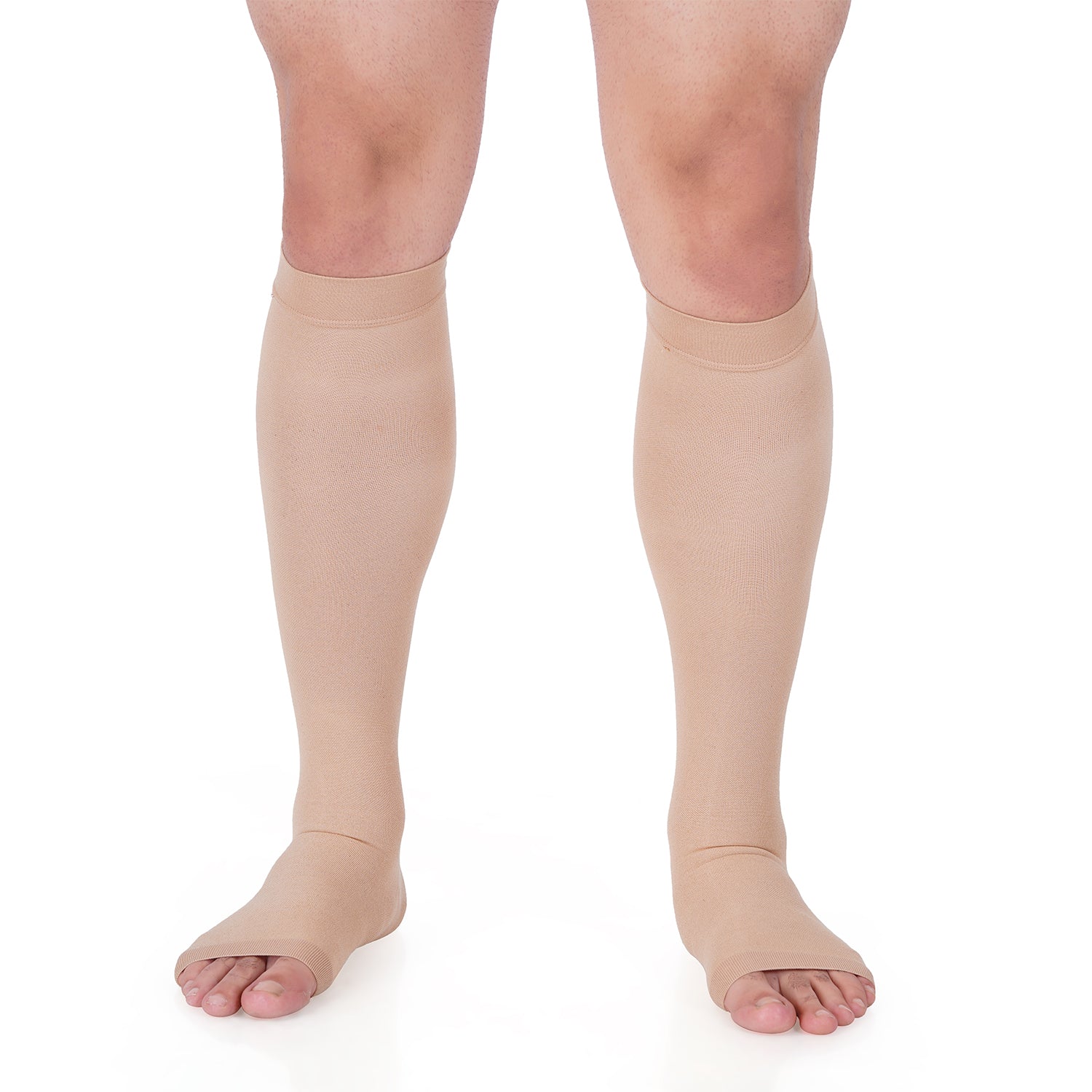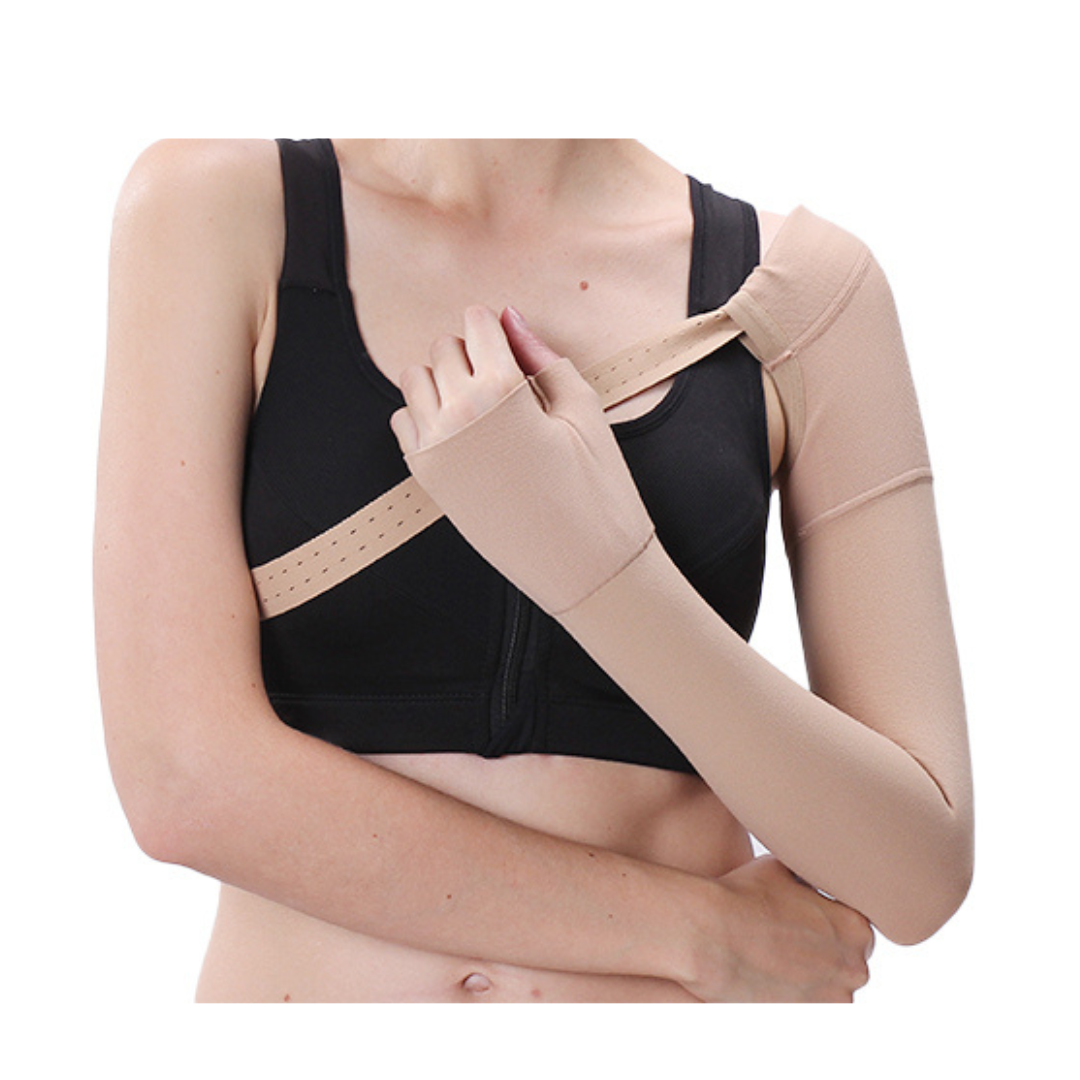Introduction
Diabetes and varicose veins are two prevalent health issues affecting millions of people worldwide. While they may seem unrelated, there is a surprising connection between these conditions that is worth exploring. In this article, we will delve into the relationship between diabetes and varicose veins, understanding how one can impact the other and what measures can be taken to prevent and manage these conditions effectively.
What is Diabetes?
Diabetes is a chronic metabolic disorder characterized by elevated blood sugar levels. It occurs when the body either doesn't produce enough insulin (Type 1 Diabetes) or cannot effectively use the insulin it produces (Type 2 Diabetes). This leads to an accumulation of glucose in the bloodstream, which can result in various health complications if left uncontrolled.
Types of Diabetes
There are two primary types of diabetes:
Type 1 Diabetes
Type 1 diabetes, also known as insulin-dependent diabetes, usually develops in childhood or adolescence. In this condition, the immune system attacks and destroys the insulin-producing cells in the pancreas, leading to a lack of insulin.
Type 2 Diabetes
Type 2 diabetes is the more common form and is often linked to lifestyle factors such as obesity and physical inactivity. In this type, the body becomes insulin resistant, causing blood sugar levels to rise.
Diabetes Symptoms
Common symptoms of diabetes include:
- Frequent urination
- Excessive thirst
- Unexplained weight loss
- Fatigue
- Blurred vision
- Slow-healing wounds
Risk Factors for Diabetes
Several factors can increase the risk of developing diabetes:
- Family history of diabetes
- Sedentary lifestyle
- Unhealthy eating habits
- Obesity
- Age (risk increases with age)
What are Varicose Veins?
Varicose veins are enlarged, twisted, and swollen veins that usually appear blue or dark purple. They most commonly occur in the legs and are a result of weakened or damaged valves within the veins. These valves normally prevent the backflow of blood, but when they malfunction, blood pools in the veins, causing them to enlarge and become varicose.
Causes of Varicose Veins
The following factors contribute to the development of varicose veins:
- Age (the risk increases with age)
- Family history of varicose veins
- Prolonged standing or sitting
- Obesity
- Pregnancy
- Gender (women are more prone to varicose veins)
- Lack of physical activity
Varicose Veins Symptoms
Varicose veins may be accompanied by the following symptoms:
- Swelling in the legs and ankles
- Aching or throbbing pain in the legs
- Itching around the affected veins
- Muscle cramps in the legs
Risk Factors for Varicose Veins
Several risk factors contribute to the development of varicose veins:
- Family history
- Obesity
- Prolonged standing or sitting
- Gender (women are more prone)
- Pregnancy
- Age
The Link between Diabetes and Varicose Veins
Research has shown a clear link between diabetes and varicose veins, suggesting that individuals with diabetes are at a higher risk of developing varicose veins than those without diabetes. The connection between the two conditions is multifactorial.
How Diabetes Contributes to Varicose Veins
Diabetes can weaken the blood vessels and affect the circulatory system. Elevated blood sugar levels can lead to damage of the blood vessel walls and impair the proper functioning of the valves within the veins, which can contribute to the development of varicose veins.
Shared Risk Factors
Moreover, diabetes and varicose veins share several common risk factors, such as obesity and a sedentary lifestyle. People with diabetes often have a higher body mass index (BMI), and obesity can put additional pressure on the veins, leading to venous insufficiency and varicose veins.
Impact of Elevated Blood Sugar Levels
High blood sugar levels in diabetes can also lead to inflammation and oxidative stress in the blood vessels, further contributing to vein damage. This, combined with the shared risk factors, creates a higher likelihood of varicose veins in diabetic individuals.
Preventing Varicose Veins for Diabetics
While diabetes increases the risk of varicose veins, there are several measures that diabetics can take to prevent or minimize their occurrence:
Manage Blood Sugar Levels
Keeping blood sugar levels under control through diet, exercise, and medication (if prescribed) can help reduce the risk of varicose veins and other diabetes-related complications.
Regular Exercise
Engaging in regular physical activity promotes better circulation and helps maintain a healthy weight, reducing the strain on the veins.
Healthy Diet
A balanced diet rich in fiber, fruits, vegetables, and low in processed foods can aid in weight management and overall vascular health.
Compression Stockings
Wearing compression stockings can provide support to the veins and prevent blood from pooling, reducing the appearance of varicose veins.
Treating Varicose Veins in Diabetic Patients
If varicose veins have already developed, various treatment options are available for diabetic patients. The choice of treatment depends on the severity of the condition and the patient's overall health.
Sclerotherapy
Sclerotherapy involves injecting a solution directly into the affected veins, causing them to collapse and fade over time.
Laser Ablation
Laser ablation uses heat from a laser to seal and close off the damaged veins, redirecting blood flow to healthier veins.
Endovenous Ablation
Endovenous ablation is a minimally invasive procedure that uses radiofrequency or laser energy to treat varicose veins.
Ambulatory Phlebectomy
Ambulatory phlebectomy is a surgical procedure to remove varicose veins through small incisions in the skin.
Tips for Diabetics with Varicose Veins
Apart from medical treatments, diabetics with varicose veins can take some self-care measures to alleviate discomfort and prevent further complications:
Elevate Your Legs
Raising the legs above heart level while resting can help reduce swelling and improve circulation.
Avoid Prolonged Sitting or Standing
Try to avoid sitting or standing in one position for extended periods, as it can worsen varicose veins.
Maintain a Healthy Weight
Losing weight and maintaining a healthy BMI can relieve pressure on the veins and improve overall vascular health.
Avoid Tight Clothing
Wearing tight clothing, especially around the waist, groin, and thighs, can restrict blood flow and exacerbate varicose veins.
Conclusion
In conclusion, diabetes and varicose veins are interconnected through shared risk factors and the impact of elevated blood sugar levels on blood vessels. Diabetic individuals should be aware of the increased risk of developing varicose veins and take proactive steps to prevent and manage them effectively. By maintaining a healthy lifestyle, managing blood sugar levels, and seeking appropriate treatments, diabetics can reduce the occurrence and severity of varicose veins, leading to improved overall vascular health.
FAQs
1. Can varicose veins be completely cured?
While treatments can improve the appearance and symptoms of varicose veins, they may not be entirely cured. However, following a healthy lifestyle and taking preventive measures can minimize their occurrence and discomfort.
2. Can diabetes be reversed?
Type 2 diabetes can sometimes be reversed or managed effectively through lifestyle changes, but Type 1 diabetes cannot be cured and requires lifelong management.
3. Can exercise worsen varicose veins?
No, regular exercise can actually help improve blood circulation and reduce the risk of varicose veins. However, certain high-impact exercises may be avoided by individuals with existing varicose veins.
4. Is there a genetic component to varicose veins?
Yes, a family history of varicose veins can increase an individual's risk of developing them.
5. Are compression stockings safe for diabetics?
Yes, compression stockings are generally safe for diabetics when used as recommended by a healthcare professional. However, it is essential to consult a doctor before using them to ensure they are suitable for your condition.












